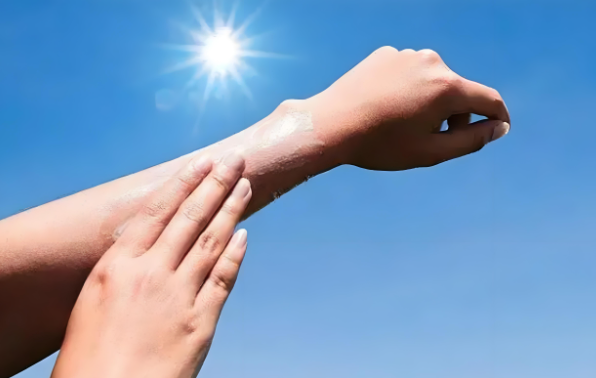
Sun protection is an essential daily practice that safeguards skin health, prevents premature aging, and reduces cancer risks. The following article systematically addresses UV radiation mechanisms, evidence-based protection methods, and tailored recommendations for diverse scenarios.
1.Sunscreen Selection & Use
Choose broad-spectrum SPF 30+ (or SPF 50+ for prolonged exposure).
Apply 1 oz (≈2 tablespoons) 15 minutes pre-exposure; reapply every 2 hours or after swimming/sweating.
Prefer mineral (zinc oxide/titanium dioxide) for sensitive skin; avoid oxybenzone in coral reef areas.
2.Physical Barriers
Wear UPF 50+ clothing, wide-brimmed hats (≥3-inch brim), and wraparound sunglasses (UV400 rating).
Seek shade during peak UV hours (10 AM–4 PM).
3.Myth Busting
“Dark skin is immune to sun damage.”
Melanin provides only SPF 3–13 protection; all skin tones require sunscreen (Skin Cancer Foundation, 2025).
“Indoor settings eliminate UV risk.”
UVA penetrates windows; apply sunscreen even indoors near sunlight.
4.Special Populations
Children: Use fragrance-free mineral sunscreens; keep infants <6 months in full shade.
Outdoor Workers: Combine sunscreen with protective gear (e.g., neck flaps, arm sleeves).
5.Global Best Practices
Australia’s Slip-Slop-Slap-Seek-Slide campaign reduced melanoma incidence by 52% (1994–2024).
EU regulations ban octinoxate and avobenzone in sunscreens to protect marine ecosystems.


